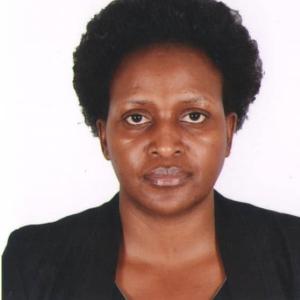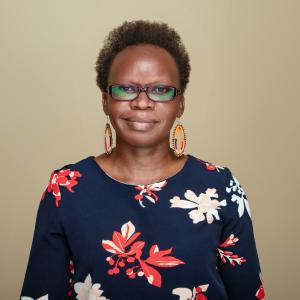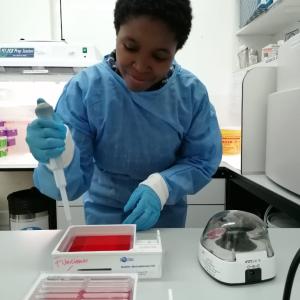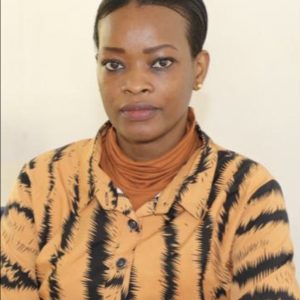Introducing the 2023 OWSD Early Career Fellows
Twenty-six women from the developing world have been awarded OWSD Early Career Fellowships, supporting them to establish international-level research centers at institutions across the Global South.
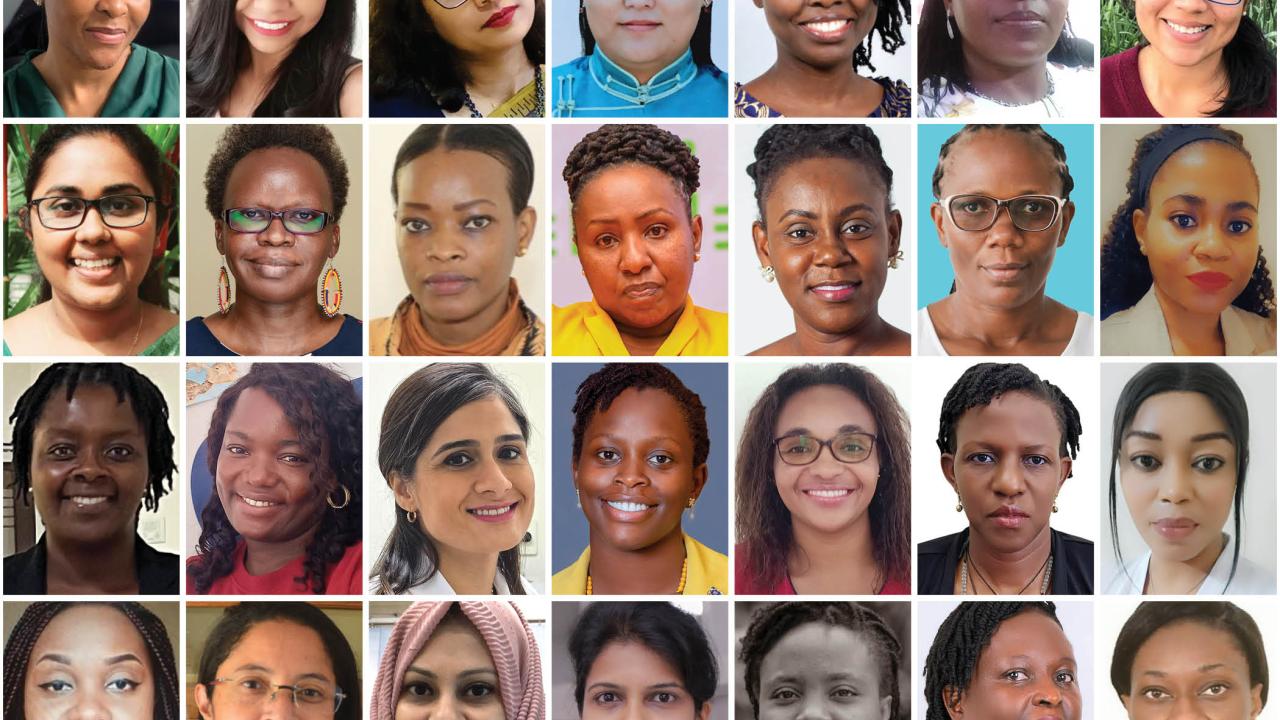
OWSD is pleased to announce the 26 women who have been granted the 2023 Early Career Fellowship. These scientists will receive up to USD 50,000 to lead research projects and establish research groups at their home institutions in 16 countries in the developing world, to maintain an international standard of research and attract scholars from all over the world to collaborate. Funding for the fellowships is generously provided by Canada's International Development Research Centre (IDRC).
During the 3-year fellowship, fellows will receive specific training to build on their leadership and management skills and develop connections with a variety of public and private sector partners to potentially convert their research into marketable products or guarantee its impact on a broader scale. By improving their communication and outreach skills, fellows will also learn to effectively present their research to various audiences, thus attracting new collaborators and potential funders to ensure the sustainability of the research project.
This year's fellows are working on subjects ranging from the recycling of household biowaste into biogas, to development of fortified snacks to address iron and folic acid deficiency in pregnant women, to patenting new strains of bacteria to block arbovirus transmission in Africa. They also include the first fellows awarded in Eswatini and El Salvador.
Meet all the 2023 Early Career fellows below.




